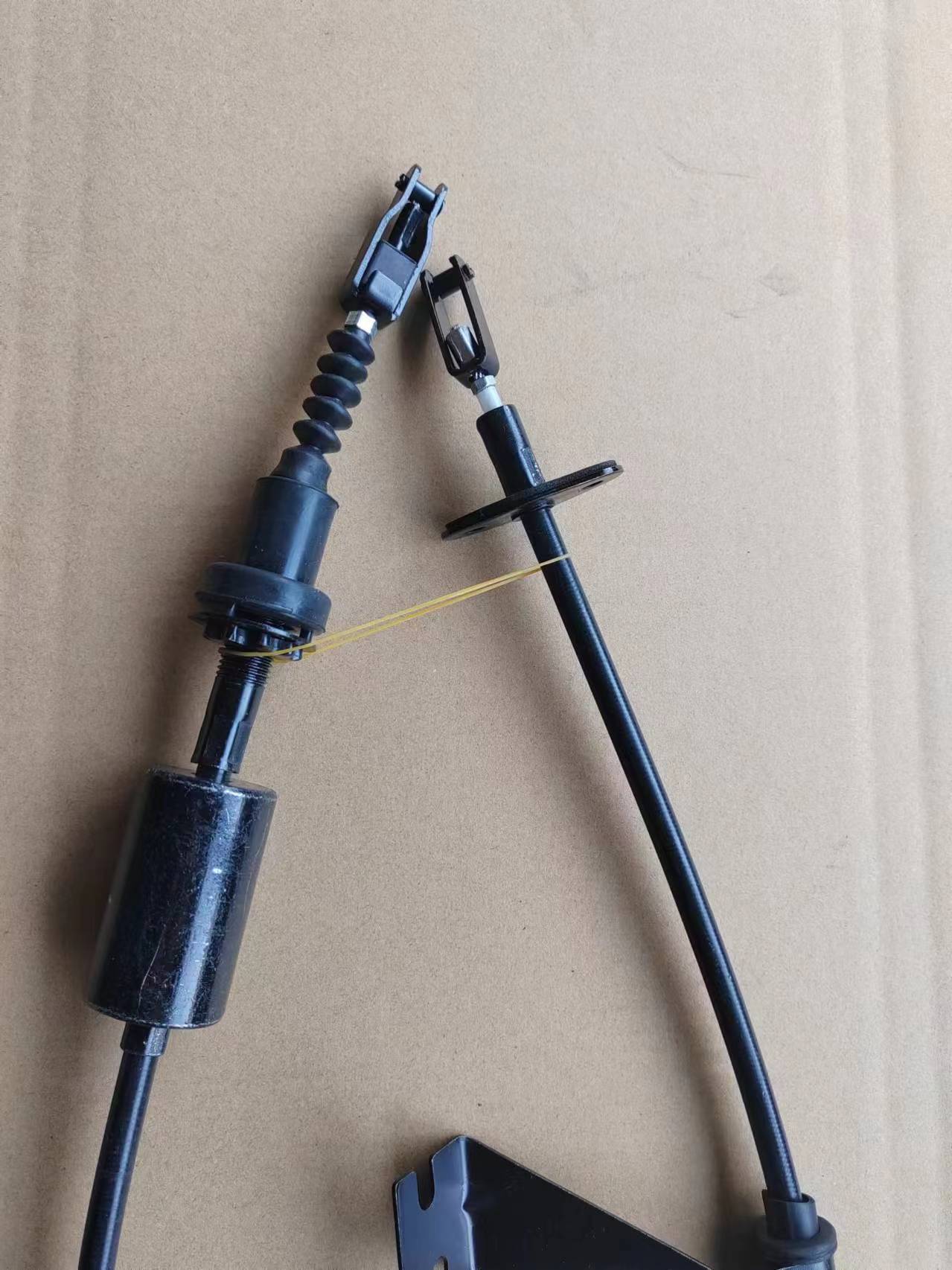Understanding Gear Shift Cables and Their Role in Vehicle Performance and Maintenance
Understanding Gear Shift Cables Importance, Functionality, and Maintenance
In the intricate world of automotive engineering, even the smallest components play crucial roles in the overall performance of a vehicle. One such component is the gear shift cable, an essential element in the operation of a vehicle's transmission system. This article delves into the importance, functionality, and maintenance of gear shift cables, providing readers with a comprehensive understanding of this often-overlooked component.
What is a Gear Shift Cable?
A gear shift cable is a flexible wire that connects the gear shifter—typically located on the steering column or center console—to the transmission system. Its primary function is to transmit the driver’s gear selection from the shifter to the transmission, enabling the vehicle to change gears seamlessly. Gear shift cables can be found in both manual and automatic transmission systems, although their design and operation may differ slightly between the two.
Importance of Gear Shift Cables
The smooth operation of a vehicle's transmission largely depends on the efficiency of the gear shift cable. A well-functioning gear shift cable ensures that gear changes are executed smoothly, allowing for a comfortable driving experience. Conversely, a malfunctioning cable can lead to gear slipping, difficulty in shifting, or, in worse cases, total transmission failure.
Moreover, the gear shift cable plays a significant role in vehicle safety
. If the cable fails, it can result in the inability to change gears, which could lead to potential accidents. Therefore, regular check-ups and maintenance of gear shift cables are crucial not just for performance but also for the safety of the vehicle occupants.How Gear Shift Cables Work
Understanding the mechanics of gear shift cables requires a basic appreciation of how a vehicle’s transmission operates. When a driver moves the gear shifter, this action tugs at the gear shift cable, which in turn sends a signal to the transmission. The transmission then shifts gears accordingly.
gear shift cable

In automatic vehicles, the cable connects to a complex system of levers and sensors that detect the engine’s speed and load, enabling the transmission to shift gears without the driver needing to manually control the process. In manual vehicles, the cable helps to connect the shifter to the clutch, allowing for a direct and controlled gear change.
Common Problems and Symptoms
Like any vehicle component, gear shift cables can wear out or become damaged over time. Here are some common symptoms of a failing gear shift cable
1. Difficulty Shifting Gears If the gear shift feels stiff or unresponsive, this could indicate a problem with the cable. 2. Gear Slippage If the vehicle slips out of gear while driving, it could point to a malfunctioning shift cable. 3. Under- or Over-Travel of the Gear Lever If the gear shifter does not feel like it is aligning properly with the gears, it could signify a cable issue.
Maintenance and Replacement
Regular inspections of the gear shift cable can help identify issues before they escalate into major problems. When checking a gear shift cable, look for signs of fraying, kinks, or excessive slack. If any damage is observed, it is advisable to replace the cable immediately.
Replacing a gear shift cable can generally be done by a skilled DIYer but may require professional assistance in more complex setups. It is crucial to follow the manufacturer’s guidelines during replacement to ensure proper functionality.
Conclusion
The gear shift cable may seem like a minor component in the grand scheme of a vehicle's operation, but its importance cannot be understated. Responsible for ensuring smooth gear transitions, facilitating vehicle performance, and maintaining safety, the gear shift cable deserves attention and care. Regular maintenance checks and prompt attention to any issues can enhance both longevity and performance, allowing drivers to enjoy a safer and more reliable driving experience. Understanding this crucial component enables vehicle owners to better care for their cars, ensuring trouble-free driving for years to come.
-
Workings of Clutch Pipe and Hose SystemsNewsJun.04,2025
-
The Inner Workings of Hand Brake Cable SystemsNewsJun.04,2025
-
The Secrets of Throttle and Accelerator CablesNewsJun.04,2025
-
The Hidden Lifeline of Your Transmission Gear Shift CablesNewsJun.04,2025
-
Demystifying Gear Cables and Shift LinkagesNewsJun.04,2025
-
Decoding Clutch Line Systems A Comprehensive GuideNewsJun.04,2025
